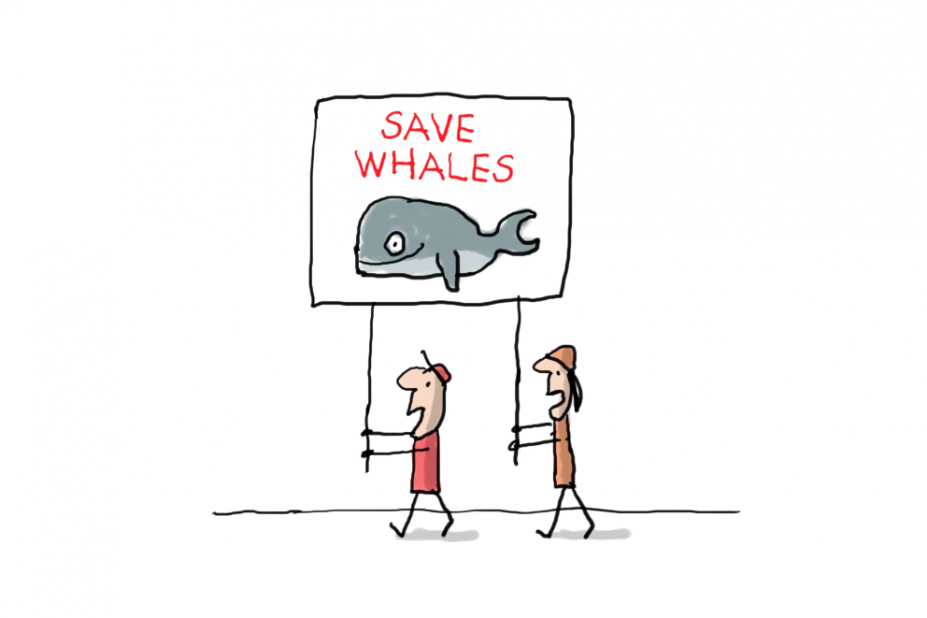In the 20th century, the whale came to symbolize animals in danger.
They were hunted and people feared they’d become extinct.
Yet, whales are still around. So, did we worry for nothing?
No, of course not. It was the awareness of the danger that avoided their extinction.
Whales have been hunted for their meat and blubber since prehistoric times.
But in the 19th-century, whaling became industrialized: in a few decades, whale populations dropped alarmingly!
Whale oil was used to fuel lamps. It was also used in soap and dubbing wax for leather…
In 1946, 15 countries signed the International Convention for the Regulation of Whaling.
The number of whales that could be killed was gradually limited. Whaling was finally banned in the 1980s.





 Retour
Retour